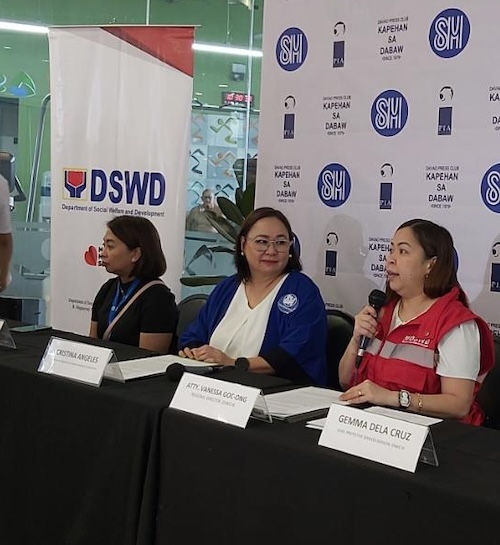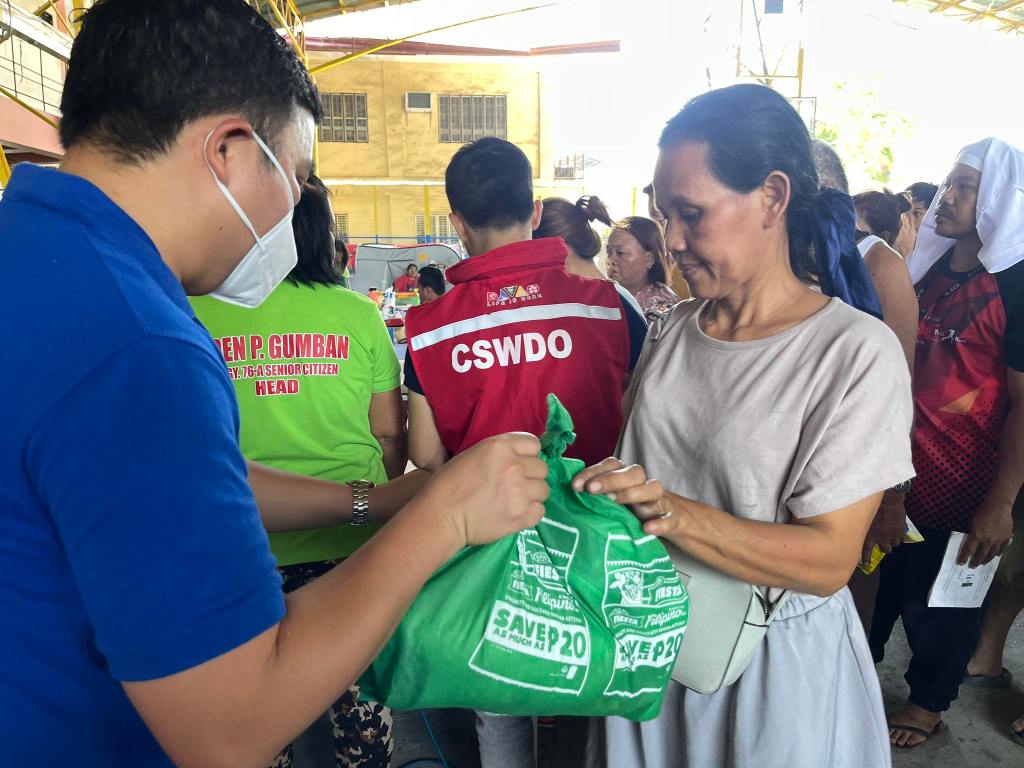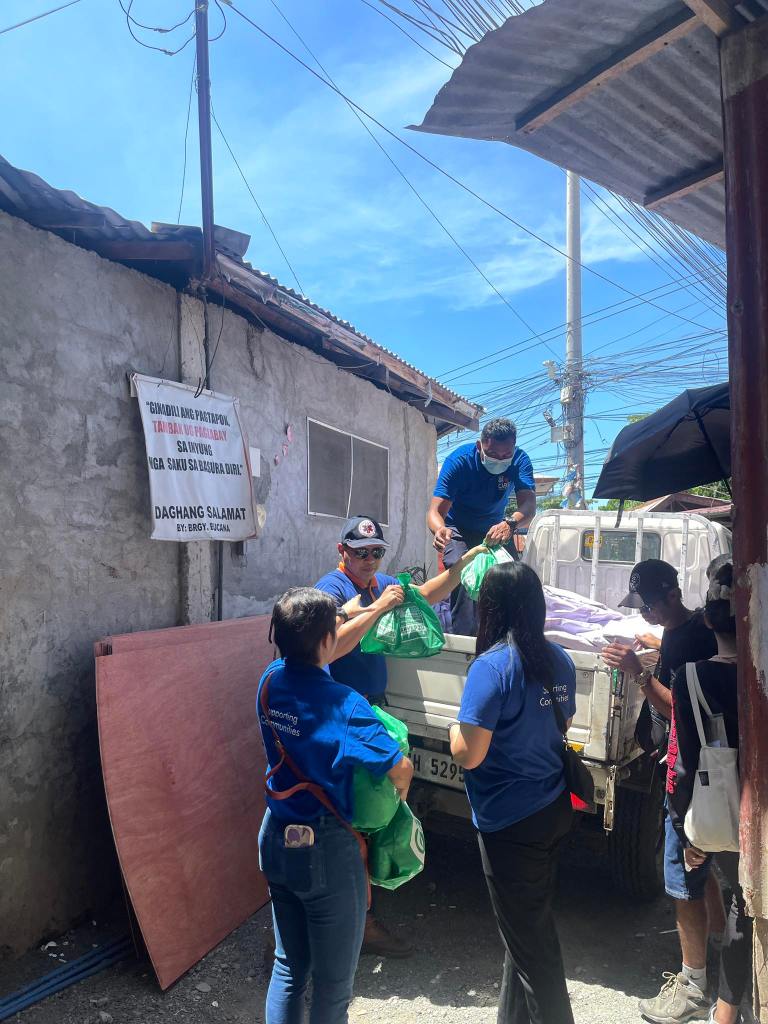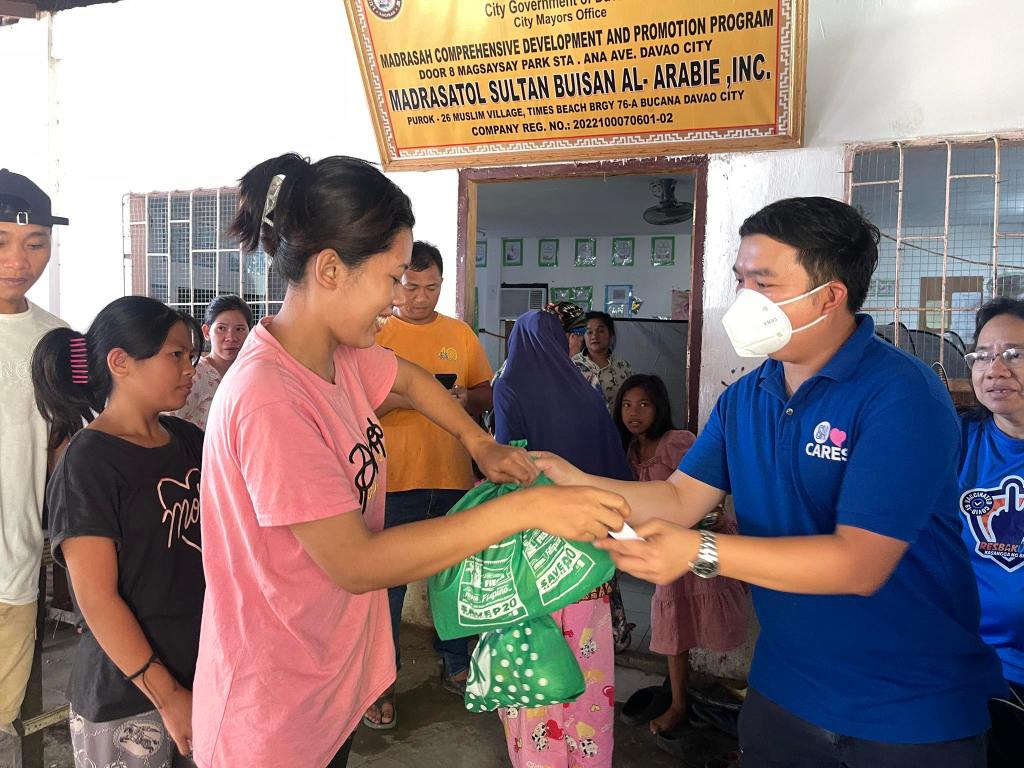Sustainable finance in emerging markets
New Sustainable Banking and Finance Network Research Reveals Rapid Policy Reforms as Catalyst for Expanding Sustainable Finance in Emerging Markets
WASHINGTON D.C., April 24, 2024 – The IFC-facilitated Sustainable Banking and Finance Network (SBFN) has unveiled its 2024 Global Progress Brief and launched the innovative SBFN Data Portal, offering the most comprehensive benchmarking of sustainable finance trends and initiatives across sixty-six Emerging Markets and Developing Economies (EMDEs).
The 2024 Global Progress Brief highlights key achievements, challenges, and opportunities within the SBFN community across three pillars of sustainable finance defined in the SBFN Measurement Framework developed by members: Environmental, Social, and Governance (ESG) Integration, Climate and Nature-Related Risk Management, and Financing Sustainability. This year’s assessment included emerging priorities such as nature-related risk, inclusive finance, and new indicators on climate risk aligned with international good practices and standards.
Since the 2021 SBFN Global Progress Report, all SBFN countries have made swift efforts to introduce climate- and nature-related risk management frameworks, reflecting the translation of commitments made under the Paris Agreement into regulatory action. ESG Integration has also emerged as a cornerstone of sustainable finance, with thirty-nine countries implementing frameworks to manage Environmental and Social (E&S) risks in investment decision-making in line with international standards such as IFC’s Performance Standards, while leveraging them as tools to prevent greenwashing in sustainable finance instruments.
“The record growth of the network and tremendous member progress in shaping policy and influencing markets over the past three years signal the immense power of collaboration, partnerships, and knowledge sharing to steer financial systems toward sustainability,” said Alfonso Garcia Mora, Chair of SBFN Secretariat and IFC Vice President for Europe and Latin America & Caribbean. “SBFN members are demonstrating the importance of recognizing climate and environmental risks as contributors to financial system vulnerabilities, while also highlighting the potential to transform these challenges into opportunities for developing new markets in sustainable finance.”
Furthermore, the surge in the adoption of sustainable finance taxonomies and thematic bond guidelines in SBFN countries is mobilizing financial flows towards activities that support global and national sustainable development goals. Notably, an impressive US$759 billion of thematic bonds have been issued across forty-five SBFN countries.
SBFN comprises ninety-one financial sector regulators, ministries, and industry associations representing seventy countries, and $68 trillion (92 percent) of total banking assets in EMDEs. Moreover, member countries have launched over 400 policies, marking a remarkable 107 percent increase compared to the 2021 report.
In tandem with the Global Progress Brief, SBFN introduced its groundbreaking Data Portal, a dynamic tool designed to track sustainable finance initiatives across member countries on an ongoing basis. Providing detailed insights into SBFN members’ actions, this innovative platform enables regular and consistent monitoring of progress, facilitating multi-dimensional benchmarking across countries, regions, and indicators. The Data Portal will serve as a catalyst for peer-to-peer learning, knowledge sharing, and experience exchange among SBFN members.
“The launch of the SBFN Data Portal represents a significant milestone in our collective efforts to drive sustainable finance forward,” said Nezha Hayat, Chairperson and CEO of the Moroccan Capital Market Authority (AMMC), and Co-Chair of the SBFN Measurement Working Group. “This innovative platform will empower our members to track progress, identify best practices, and foster cross-learning, ultimately accelerating our journey toward a sustainable future.” (PR)
For more information on the 2024 Global Progress Brief and Data Portal, visit https://www.sbfnetwork.org/.
About IFC
IFC — a member of the World Bank Group — is the largest global development institution focused on the private sector in emerging markets. We work in more than 100 countries, using our capital, expertise, and influence to create markets and opportunities in developing countries. In fiscal year 2023, IFC committed a record $43.7 billion to private companies and financial institutions in developing countries, leveraging the power of the private sector to end extreme poverty and boost shared prosperity as economies grapple with the impacts of global compounding crises. For more information, visit www.ifc.org.
Stay connected with IFC on social media
About SBFN
Established in 2012, the Sustainable Banking and Finance Network (SBFN) is a voluntary community of financial sector regulators, central banks, ministries of finance, ministries of environment, and industry associations from emerging markets committed to advancing sustainable finance. The first global network of its kind focused on sustainable finance at market level, SBFN comprises 91 member institutions representing 70 countries and at least US$68 trillion (92 percent) of the total banking assets in emerging markets, as of April 2024. SBFN members are committed to moving their financial sectors toward sustainability, with the twin goals of improved environmental and social risk management (including disclosure of climate risks) and increased capital flows to activities with positive climate, environmental, and social impact. IFC, part of the World Bank Group, is SBFN’s Secretariat and knowledge partner, assisting members to share knowledge and access capacity building to support the design and implementation of national sustainable finance initiatives. For more information, visit https://www.sbfnetwork.org/





























